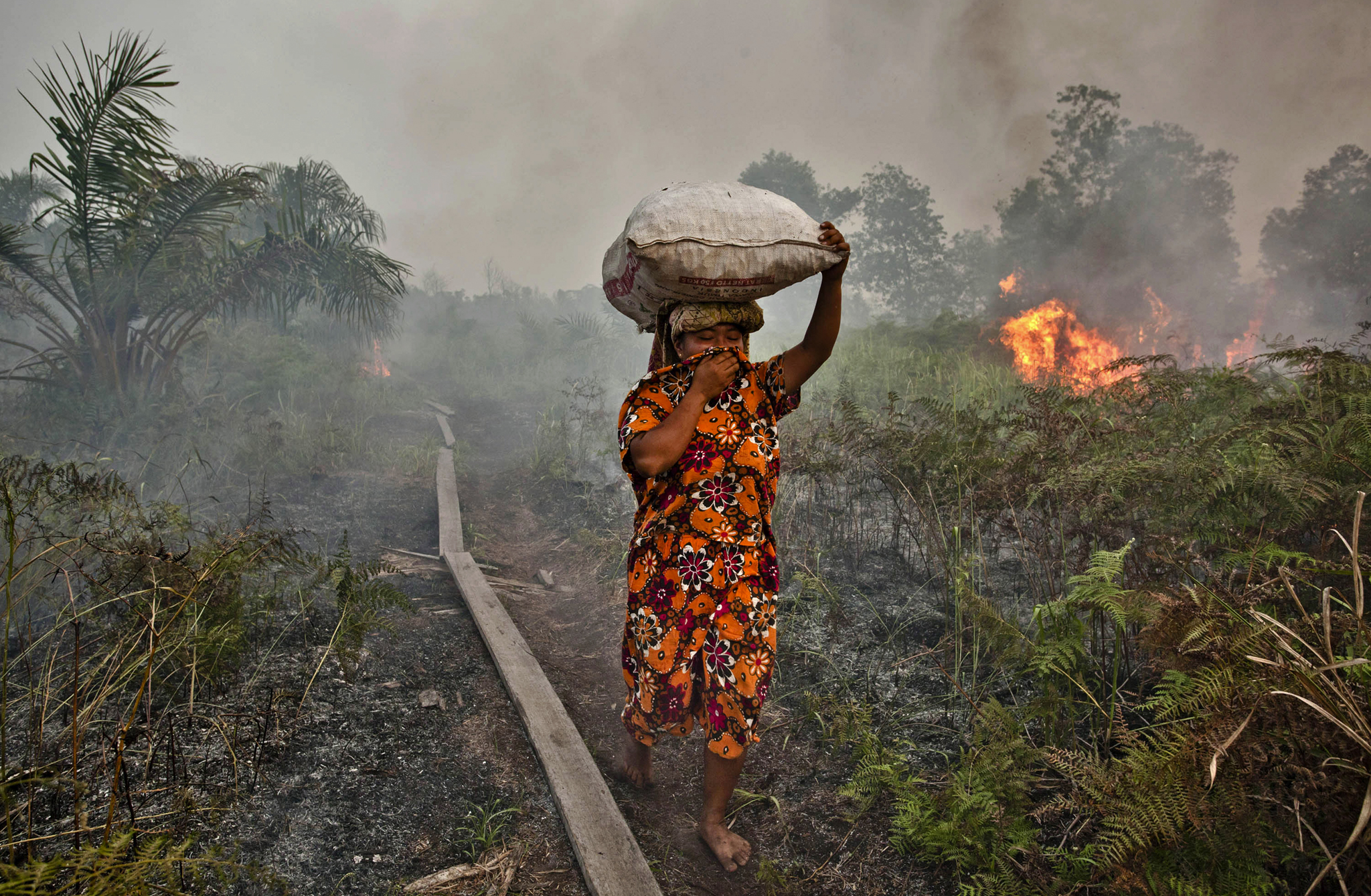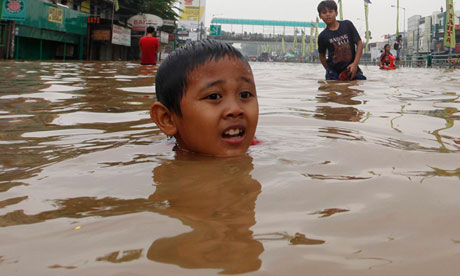Global warming has negative effects on the health of humans globally.
1. Extreme Heat
According to the United States Global Change Research Program (2009), the weather and climate play a significant role in the health of humans. As mentioned in the Introduction, Global Warming is the change in climate due to overall rising temperatures of the Earth. The chart below affirms the fact that global temperatures have been rising since the early 19th century. Read on to found out what these temperature increases can translate into.

As a result of such temperature increases, heat waves can occur. Heat waves are a combination of high temperatures and relatively high humidity which can pose as a health hazard to humans. Scientists also posit that rising temperatures are the most potent. Such rising temperatures are often contributed by human industrial activity (e.g. factories, coal burning). A higher temperature would translate to global rises in heat-related illnesses such as heat stroke, heat exhaustion, heat cramps, and heat rashes. Commonly, heat stroke and heat exhaustion are the common causes of weather-related deaths (USGCRP, 2009).

2. Reduced Air Quality
This is a common effect of Global Warming on Human Health.
Nowadays, there is an increase of pollutants in the atmosphere due to the increasing global population. Such pollutants emitted from factories, vehicles, and power plants when combined with sunlight and warm air produce ground-level ozone (smog). The picture on the right showcases how poor the air quality is, denying individuals the luxury of having clean air to breathe in. Furthermore, that is not the only adverse effect.
Adding on, such ground- level ozone is akin to air pollution and humans hence, will experience poor air quality as a result. Furthermore, breathing in such ozone can trigger a variety of health problems which include chest pain, coughing, and throat infections. It can also worsen the condition of patients who have bronchitis, emphysema, and asthma. Furthermore, such ozone can reduce the lung function of humans and inflame the lining of the lungs (Arndt, Baringer, & Johnson, 2010). This would lead to most individuals on the street to wear N95 Masks or to cover their noses/mouths with handkerchiefs to prevent any inhalation of pollutants in the air caused by Global Warming.
The N95 Mask as pictured above is a tool to prevent yourself from inhaling in unwanted harmful pollutants. Coincidentally, this was the very-mask which Singaporeans rushed out to buy during the bad hazy season in Singapore in the Year 2013.
Read more to find out more details of the News of this mask being sold out in Singapore
3. Spreading of Diseases
1. Food-borne diseases : Higher air temperatures can increase cases of salmonella and other bacteria-related food poisoning due to the fact that bacteria thrive or grow at an accelerated rate in warm environments. Such diseases can cause gastrointestinal diseases and even, death. The chart below provides more details of this bacteria.

2. Water-borne diseases : Heavy flooding or rainfall as a result of Global Warming can also result in water-borne parasites such as Cryptosporidium (cryp·to·spo·rid·i·um) and Giardia (giar-dia). Such parasites are responsible for the gastrointestinal distress or diseases in humans and in severe cases, death. Next, heavy rainfall events can cause bacteria contamination in beaches which can result in stomach-borne diseases (Confalonieri, Menne, Akhtar, Ebi, Hauenge, Kovats, Revich, & Woodward, 2007). The picture below is a microscopic picture of the parasite itself to illustrate its appearance for educational purposes.

3. Animal-borne diseases : With the increase in the global average temperature, it leads to more mosquito breeding. According to the USGCRP (2009), mosquitos favour warm and wet climates for optimal breeding. In the context of Asia and climates which are rather humid, it is a potent breeding ground of mosquitos. Mosquitos such as the Aedes mosquito is a carrier for animal-borne diseases such as Dengue, Malaria, Chikungunya, and West Nile Virus. Information provided by the World Health Organisation (2014) states that such animal-borne diseases account for 17% of the global borne diseases and that, malaria caused an astounding total of an estimated 627 000 deaths in 2012 globally. Furthermore , the site also reports that Dengue Fever is on the rise as it has had a 30-fold increase in prevalence over the last 50 years. Even more alarming is a prediction by scientists which expects the prevalence of such borne diseases to increase as the world gets ‘warmer’.
The picture below shows an Aedes Mosquito, which is characterized by it’s black and white striped body so if you see it flying around, please do kill it.

4. Increase in Natural Disasters
With Global Warming, it would lead to other effects that indirectly threaten human health such as a higher likelihood of natural disasters occurring. For instance, changing precipitation patterns and prolonged heat can cause droughts or in extreme cases, forest fires which could put lives and livelihoods of individuals at risk. The picture below highlights the severity of such an effect.

Next, higher amounts of rainfall would lead to more flooding globally, which destroys homes and may threaten the affected residents with a lack of sanitary water and the risk of contracting water-borne diseases. To reemphasize the severity of such an effect, flooding threatens the livelihood of individuals as they are displaced from homes and they are also faced with water insecurities due to contaminated water.
